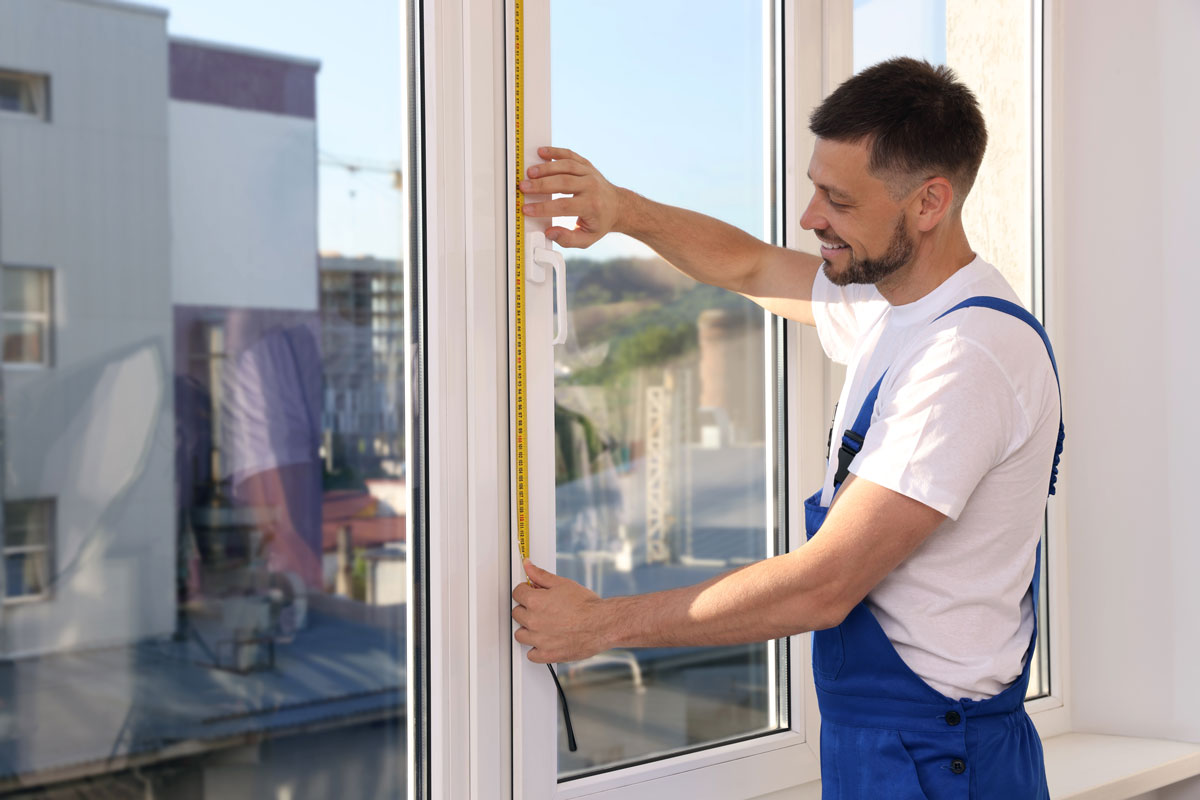Visitors to Colorado know us for our gorgeous scenery and friendly faces. If you have lived in Denver or Boulder for more than a few months, though, you probably understand our second reputation: the one for extreme and unpredictable weather.
That’s not always a bad thing, since it means you can enjoy golf, hiking, and skiing all in the same week. But, when it comes to your utility bills – especially for heating in the winter and air conditioning in the blazing summer months – it’s not all wonderful news. Those energy costs can really add up, and in the past few years, homeowners throughout Colorado have been looking for ways to save money and be more comfortable at the same time.
Here at New Windows for America, we are helping our customers throughout Denver, Boulder, and the Front Range to make their homes more energy-efficient. You can enjoy the savings, too, by making a few small investments around the home, such as:
Replacement windows. When you aren’t using modern, properly installed windows in your Colorado home, you literally let money fly out through the cracks. Given that they are so easy to upgrade – and that our replacement energy efficient windows come with free installation and strong warranties – why wouldn’t you want to have the best and keep more cash in your own pocket?
New doors. Next to the windows, doors are the most common culprits for money-wasting inefficiency, as they can let lots of warm or cool air in and out of your house all year long. Besides being energy-efficient, new doors can give your home a new look and feel. To see the difference the right door can make, you just have to spend a few minutes looking through the hundreds of options we offer our customers.
Updated vinyl and steel siding. Not only can siding help reinforce your home’s insulation, but it can also add to its beauty and value while protecting you from the elements. If your siding has become worn – or you just think it’s time for a fresh color and/or style – now is the perfect time to visit New Windows for America and see our Denver home siding options.
High energy bills don’t have to stop you from enjoying life in Colorado and getting the most from your house. Why not talk with a member of our team today and see how easy it is to lower your monthly utility costs through replacement windows, doors, and home siding?
Click here for your FREE window replacement or new windows estimate today!


